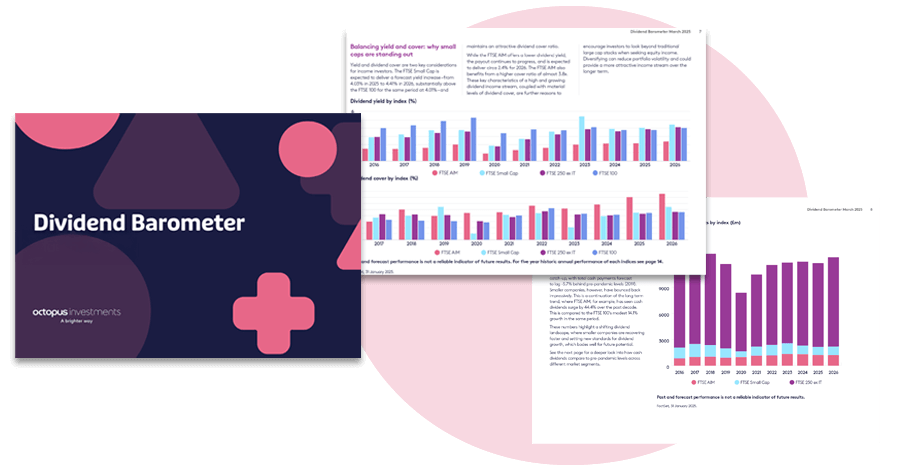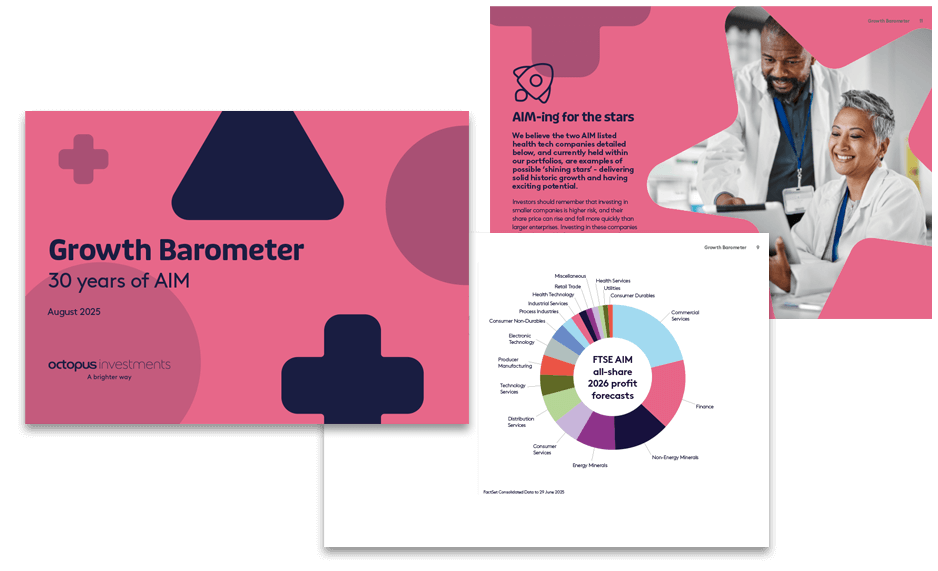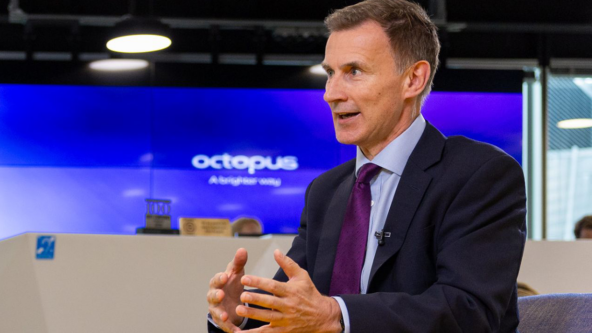The Enterprise Investment Scheme (EIS) and Venture Capital Trusts (VCTs) are two ways you can access venture capital. What is venture capital (VC)? It’s a form of investment in early-stage startup companies, to provide them with financing to help them grow. For successful companies, the goal is to list on the stock exchange or be acquired by a larger company. Both outcomes should result in returns for investors.
It’s worth noting that whilst early-stage companies have high growth potential, there is a substantial element of risk to investing in new businesses as they have a high rate of failure. A number of early-stage companies in any portfolio should be expected to fail.
History of EIS and VCTs
EIS and VCTs were launched in the UK in 1994 and 1995 respectively, to encourage investment in small, innovative companies and to promote economic growth. Through these investments, the government offers tax reliefs to compensate investors for the risk they are taking.
You will often hear both structures referred to in the same breath, but despite investing in similar types of early-stage companies, EIS and VCTs are very different investment propositions. And depending on your circumstances, one, both or neither could be suitable for you.
What are EIS and VCTs?
An EIS portfolio offers investors direct ownership in the shares of early-stage companies targeting high growth over the medium to long term.
The combination of EIS tax reliefs on offer can make it a powerful structure through which to target growth from a small portfolio of companies. In addition to 30% income tax relief on amounts invested, gains on successful companies are capital gains tax free, while loss relief is available on failures.
Investors’ money will typically be invested by a specialist manager over time in a portfolio of around 10 – 20 companies. Portfolios are intentionally quite concentrated because successes will be more pronounced, while failures will be felt more sharply. You will have to be patient for returns – the investment is illiquid and exits should be expected only once each company has had time to significantly develop and attract a purchaser. As such, liquidity is often not in their power and your money could be tied up for years.
Moving on to VCTs – ‘Venture Capital Trust’ sounds like it should be complicated, but it really isn’t.
VCTs are companies listed on the London Stock Exchange. VCTs invest in the shares of a large number of small early-stage companies (anywhere between 25 and 100). You invest in the shares of the listed company – the VCT – and gain access to the large and diversified portfolio of companies held by the VCT, that has built up over time. The VCT will constantly be making new investments in startups, so some companies will be further along their growth journey, and some will be brand new investments and likely very early stage. Each company within the VCT will contribute to performance.
A typical return profile from a VCT may be expected to be more stable than from an EIS portfolio, noting that it is still an investment in high-risk companies. That’s because the number of companies an investment is spread across is larger and because losses will hopefully balance out against gains within the VCT. Compared to EIS, with a VCT you’re less likely to feel a significant impact from an individual company in the portfolio failing. VCTs typically pay out growth as a dividend, often targeting a regular return of 5% every year, and paying special dividends if the portfolio has a successful period. Dividends are tax free, which for most VCT investors is a significant benefit, as is the 30% income tax relief on initial investment, which VCTs have in common with EIS.
Key differences in tax reliefs between EIS and VCTs
This section compares the tax reliefs on offer from EIS and VCT investments.
The big thing EIS and VCTs have in common is that they both offer up to 30% upfront income tax relief to investors. This means you can claim 30% of the value of an investment off your income tax bill, provided you keep your shares for at least three years and five years respectively. So if you invest £50,000, you can claim £15,000 back. Please bear in mind that the amount of income tax you claim can’t exceed the amount of income tax you are due to pay for the relevant year. With EIS investments, you can choose to claim this relief in the year you make each investment, or the previous tax year, which adds flexibility.
Both EIS and VCTs offer tax-free growth, which means if you decide to sell your shares and you make a profit, the proceeds won’t be liable for capital gains tax (CGT). For most investors this is a saving of 20% based on current rates, and where an EIS company achieves significant growth, this can be incredibly valuable. As mentioned above though, VCTs don’t typically hold on to growth and any gains in the portfolio are usually distributed to shareholders as dividends, which are tax free. EIS companies rarely pay dividends (because they need all their capital to grow), but if they do these are not tax free.
If an EIS company fails, losses can be offset against tax in the form of loss relief (you can find out more in our helpful guide to EIS loss relief). An investor can choose to offset a loss against either capital gains or income tax – the latter is typically more valuable.
An equivalent is not available for VCT investors – losses and gains on portfolio companies offset within the VCT itself, producing a net return. And if the value of the VCT itself were to drop in value, no loss on investment can be claimed.
It’s worth reiterating that there are minimum holding periods when claiming tax reliefs. Investors must hold a VCT investment for at least five years to benefit from relief. After this time VCTs will often buy back shares at a small discount to value, or they can be sold on the secondary market. As EIS is an investment directly into the shares of early-stage companies, the three-year minimum holding period for tax relief purposes is usually not very relevant. This is because no disposal of the investment is possible until an exit is found for the company, which is typically between five and ten years after investment (but can be even longer).
There are also maximum investment amounts on which tax relief can be claimed in a single tax year: £1 million1 for an EIS, £200,000 for a VCT.
Other reliefs that might be relevant, depending on circumstances
EIS investors can also claim capital gains tax deferral. When a gain has been realised elsewhere and invested into an EIS-qualifying company within a certain period, capital gains tax can be deferred until the EIS company is sold.
EIS shares also qualify for relief from inheritance tax. If you pass away while holding the shares, provided you have held them for at least two years they can be left to beneficiaries with relief from inheritance tax. If a gain has been deferred into the EIS investment, that liability is also extinguished on death of the investor. VCT shares do not qualify for relief from inheritance tax because they are listed on the London Stock Exchange.
EIS vs VCTs: Key differences table
| EIS | VCT | |
|---|---|---|
| Structure | Direct ownership of shares in one or more individual early-stage companies. | Listed company that takes minority stakes in many early-stage companies. |
| Income tax relief | 30% income tax relief. | 30% income tax relief. |
| When is income tax relief available | The tax year shares are issued, or the previous tax year. For a Knowledge-Intensive EIS Fund, relief is available in the tax year the fund closes, or the previous tax year. | Immediately after VCT investment is made. |
| Typical minimum investment | £25,000+. | £3,000 – £5,000. |
| Maximum investment (per tax year) | £1 million.1 | £200,000. |
| Primary return to investors | Capital growth on exit. | Income stream (dividends). |
| Relief on returns | Growth is tax-free. | Dividends are tax-free. Growth is also tax-free if relevant. |
| HMRC minimum holding period for certain tax reliefs | Three years.² | Five years. |
| Typical timeframe to access money | This is an investment journey where each investor will be backing a company from its early days as it seeks success. Investors will typically exit at the same time, when a large scale opportunity is found. This can take five to ten years or more. | To keep income tax relief, VCTs need to be held for at least five years, so they’re typically held for at least that long. Shares can be sold on the secondary market with a significant discount to net asset value or back to the VCT with a smaller discount to net asset value.³ |
| Diversification (number of companies held) | 10-20. | 25-100+ (within VCT). |
| Stage of growth of portfolio companies | As investors buy new shares in qualifying companies directly, all of them will be in an early-stage of their growth journey. | The VCT itself may be very established and may have been continuously investing in new companies over many years that it can hold for a long time. As a result the VCT could own a portfolio of companies across a range of stages of maturity, from very early stage to more established. |
| Volatility | EIS investments are volatile as they typically invest in a small number of early stage companies. Also investors hold shares directly so individual company performance is very visible. | VCTs are typically volatile investments. However, they usually hold more companies at a larger range of maturities than an EIS portfolio. Also, gains and losses are amalgamated within the VCT. |
| Relief for losses | Loss relief is available for each company that falls to no value or is sold for less than the net investment amount. This loss can be claimed against capital gains tax or income tax at the investor’s marginal rate. As this relief is available irrespective of the performance of other companies in the portfolio, it can create a very valuable early-stage investment structure. | No. |
| Ability to defer capital gains using the investment | Yes. Gains realised on the sale of other assets can be deferred through investment into EIS companies. | No. |
| Inheritance tax relief | Yes.4 | No. |
| Exits | Investors can usually only sell their shares in an EIS company when a buyer is found for the company, or it lists on a public market. | Most VCTs buy back shares periodically at a discount to the net asset value. Investors can also sell shares on the secondary market, usually at a significant discount to the net asset value. However, neither of these methods are guaranteed.³ |
Who invests in EIS?
EIS typically appeals to investors who want access to venture capital in their portfolio. They want to target high growth and are comfortable with the risk of losses. They are prepared to stay invested over the long term to pursue that growth. The combination of tax reliefs on offer for taking investment risk – upfront income tax relief and loss relief on failures – is attractive. Given the high growth potential of EIS, capital gains tax-free growth is also compelling.
Who invests in a VCT?
VCTs tend to appeal to investors who want broad exposure to early-stage UK companies to diversify their portfolio. For investors happy to take investment risk, the combination of upfront income tax relief and tax-free income can complement pension planning or regular investing alongside ISAs.
What are the risks of investing in EIS and VCTs?
Investing in early-stage companies is unpredictable and only suited for investors who are comfortable with high risk.
Investments could fall in value, potentially to zero, and investors may not get back what they invest.
Investments in smaller companies can be volatile. Their shares could fall or rise in value more than other shares listed on the main market of the London Stock Exchange. They may also be harder to sell.
Tax relief isn’t guaranteed. Tax reliefs, rates of tax and tax allowances are based on current legislation. Tax rules could change in the future.
Tax treatment depends on an investor’s individual circumstances. And tax reliefs depend on the VCT or portfolio companies maintaining their qualifying status.
EIS vs VCTs: What next?
If you are interested in investing in early-stage companies, we recommend bringing it up with your financial adviser. They will help get to the bottom of whether an EIS or VCT, if either, is most suitable for you. This article doesn’t constitute advice on investments, taxation, or anything else.
If you’d like to learn more about EIS, you can read our guide to EIS here.
If it’s VCTs you’re interested in, read our guide to VCTs here.
¹ £2 million if investment is made into knowledge intensive companies.
² Three years from when the underlying company begins its qualifying trade.
³ VCTs are listed on the London Stock Exchange so you can sell shares at any time, however as they are specialist investments and a second hand purchaser will not benefit from income tax relief, the sale price may be lower than expected.
4 Shares should qualify for BR if held for at least two years at time of death.

New to VCTs? Not sure where to start? Or how to recommend your first case?
The Octopus Investments VCT Academy is here to help – your starting point for understanding and confidently recommending Venture Capital Trusts.










